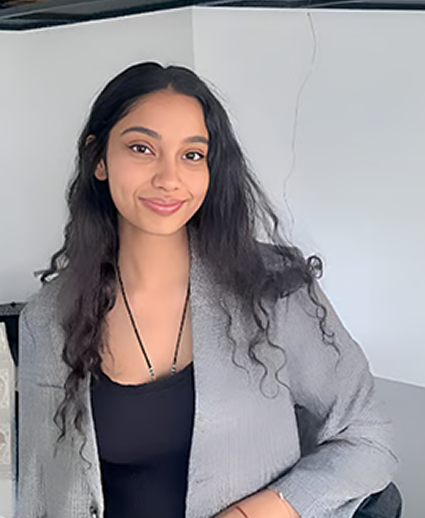

Coverages








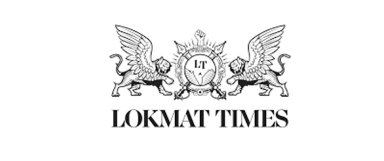

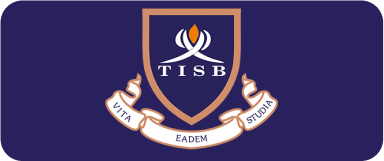


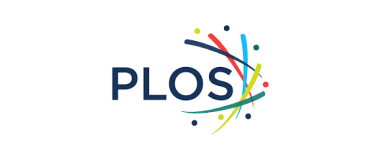

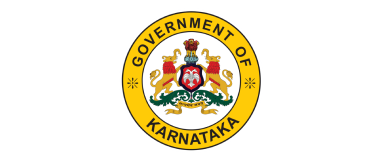





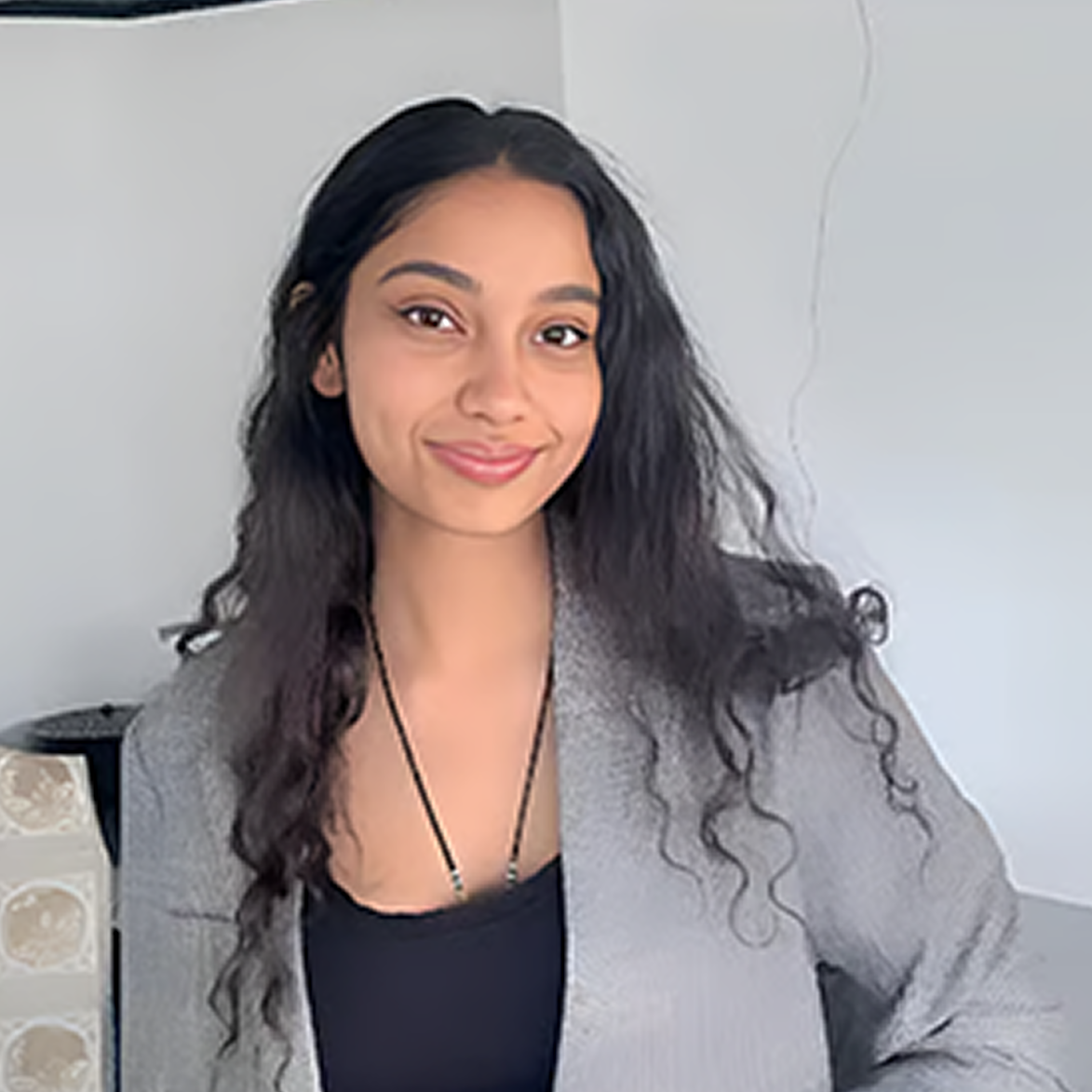
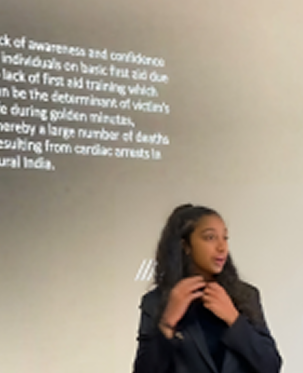
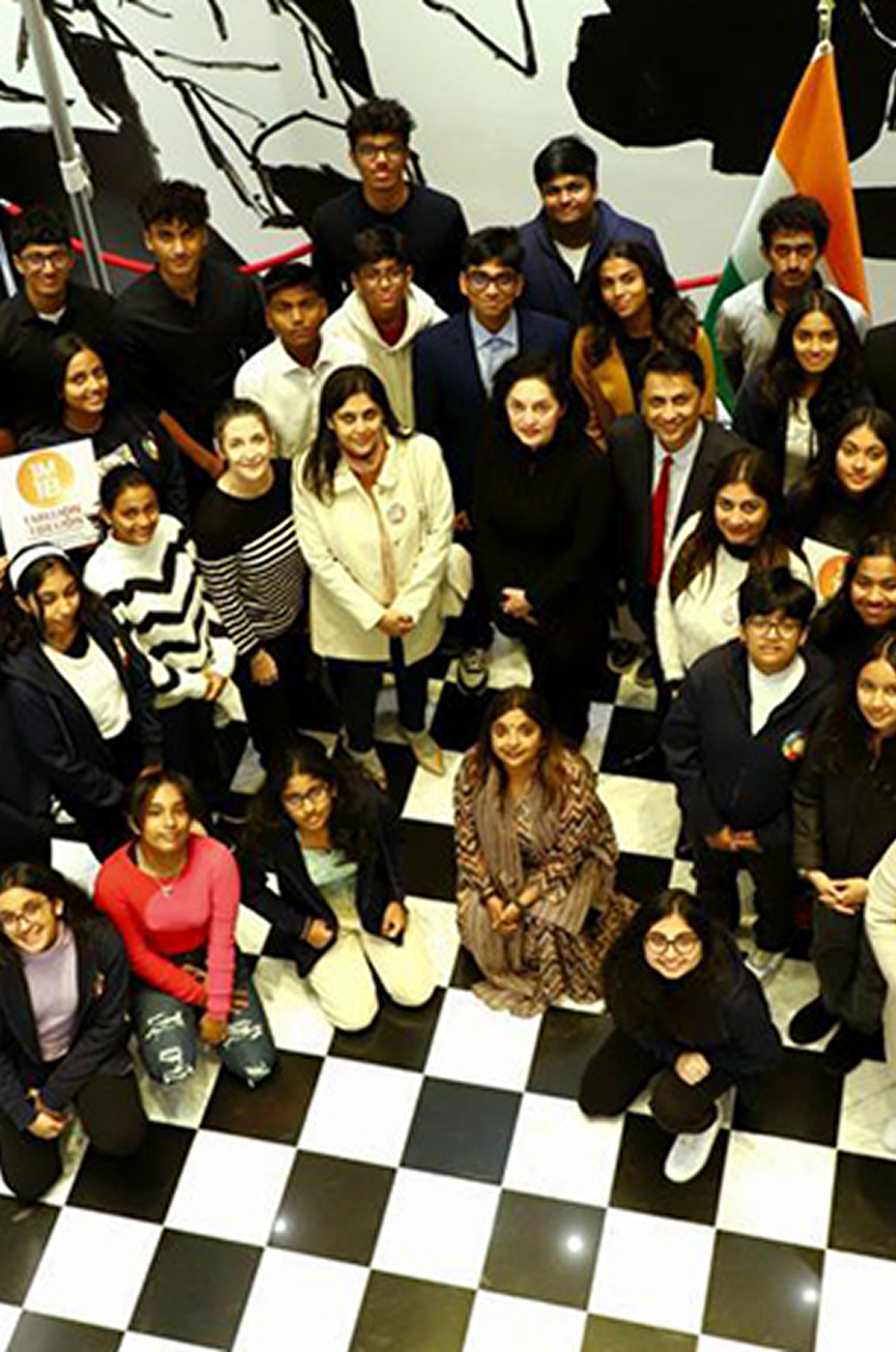
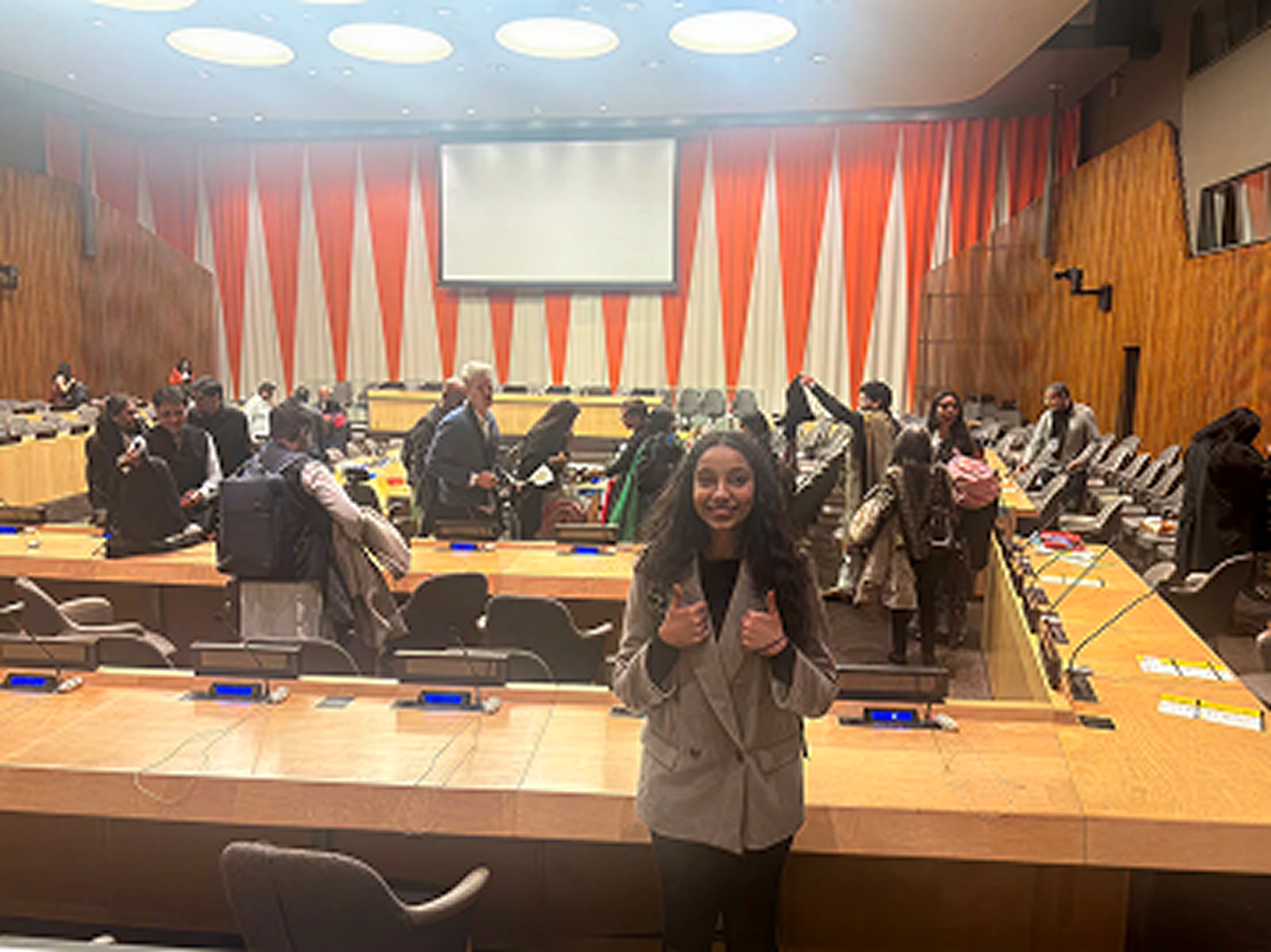
A published biomedical researcher, she pioneered MSC secretome bioengineering in plant-based serum, offering one of the first scalable, cell-free approaches for autoimmune and neurodegenerative therapy. Simultaneously, as Principal Investigator of India’s first youth-led Type 1 Diabetes policy study—now adopted by the Government of Karnataka—she demonstrated how evidence can be transformed into policy blueprints with nationwide potential.
Her appointment as WHO Youth Ambassador for NCDs marks her as one of the youngest voices shaping global health policy, where she translates grassroots innovation into international advocacy.
An interdisciplinary personality, Veruschka embodies the very philosophy she lives by: “Science must scale and research must reform. Without this, I have merely observed the world as a scientist; I have not yet shaped it.” Her journey reflects a unique synthesis—of discovery and delivery, of molecules and policy, of data and poetry.
With a vision to redefine accessibility and healthcare across LMICs, she seeks to transform groundbreaking science into scalable systems through policy, innovation, and entrepreneurship
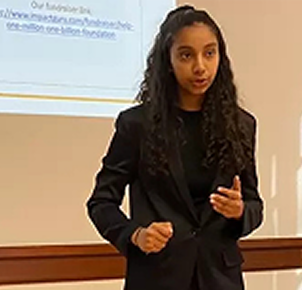
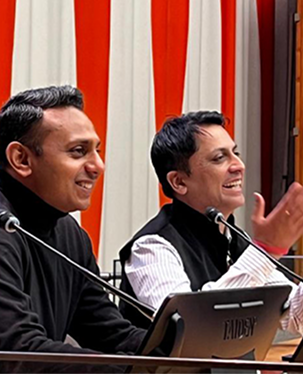

This research informed a multi-stakeholder policy blueprint adopted by the Government of Karnataka, established a new diabetes board, and was recognized by the International Diabetes Federation.
I presented this pioneering youth-driven model at the Johns Hopkins Global Health Leaders Conference.

Supported by Manipal Hospitals, government, and private partners, the project has reached 100,000+ people nationwide and was showcased at the UN Youth Summit.

- Conducted biomarker research under PHFI’s COINCIDE Project, integrating Bayesian modelling, nutritional epidemiology, and geospatial analytics to study micronutrient-linked neurocognitive deficits.
- Developed and field-tested NutriScan — India’s first saliva-based diagnostic for iron, zinc, and folate deficiencies — designed for large-scale screening across 120+ districts and adopted by PHFI for child health programs.
- Created data-driven policy briefs aligning biomarker screening with ICDS and POSHAN 2.0 frameworks for national replication.
- Represented PHFI as All-India Youth Ambassador, presenting NutriScan’s outcomes to regional health officers and public-sector stakeholders.
- Recognized by mentors for pioneering a low-cost, community-scalable diagnostic model connecting molecular research with early childhood public-health reform.

- Appointed Youth Champion for leading dissemination of cognitive-neurology research across medical colleges; authored scientific pamphlets and outreach reports on aphasia (tDCS), Alzheimer’s entropy models, dyslexia (spatial mapping), and CRISPR-based neurodegeneration.
- Contributed to India’s first Mayo Clinic–collaborative bilingualism and dementia study, administering ACE-III, LUQ, CDR, and IADL assessments for 30+ participants.
- Trained in advanced neuroimaging analytics including MRI, DTI, VBM, and Brodmann area mapping, assisting with multimodal biomarker correlation and voxel-based morphometry.
- Designed culturally adaptive cognitive-rehabilitation tools for low-literacy dementia patients, validated through pilot sessions at the NIMHANS Memory Clinic.
- Recognized as All-India Ambassador for Neurogenomic Research, translating lab findings into cognitive-health education and policy briefs for equitable brain-health access nationwide.

- Developed AI-driven dengue forecasting models integrating Indian Meteorological Department climate data with case registries to generate spatial risk maps and early-warning signals.
- Designed a machine-learning epidemiology framework enabling predictive resource allocation for vector-control units across Uttar Pradesh (240 million citizens).
- Authored a policy recommendation report outlining adoption of climate-informed surveillance systems, formally recognized by the State Health Department.
- Presented findings to Gates Foundation fellows and UPTSU officials as a prototype for AI-based public-health infrastructure in LMIC contexts.
- Model now under review for integration into state disease surveillance dashboards, establishing an early-intervention paradigm for infectious-disease preparedness.

- Shadowed physicians across endocrinology and gastroenterology departments to understand the continuum between metabolic and neurological disorders.
- Observed diagnostic and treatment workflows for autoimmune, hepatic, and metabolic syndromes, linking clinical symptom progression to cellular pathophysiology.
- Synthesized field observations into a comparative report connecting clinical decision-making with laboratory data analysis from MSC and T3D research.
- Reinforced commitment to translational medicine — bridging “bench to bedside to blueprint” through an integrated understanding of biology and systems policy.
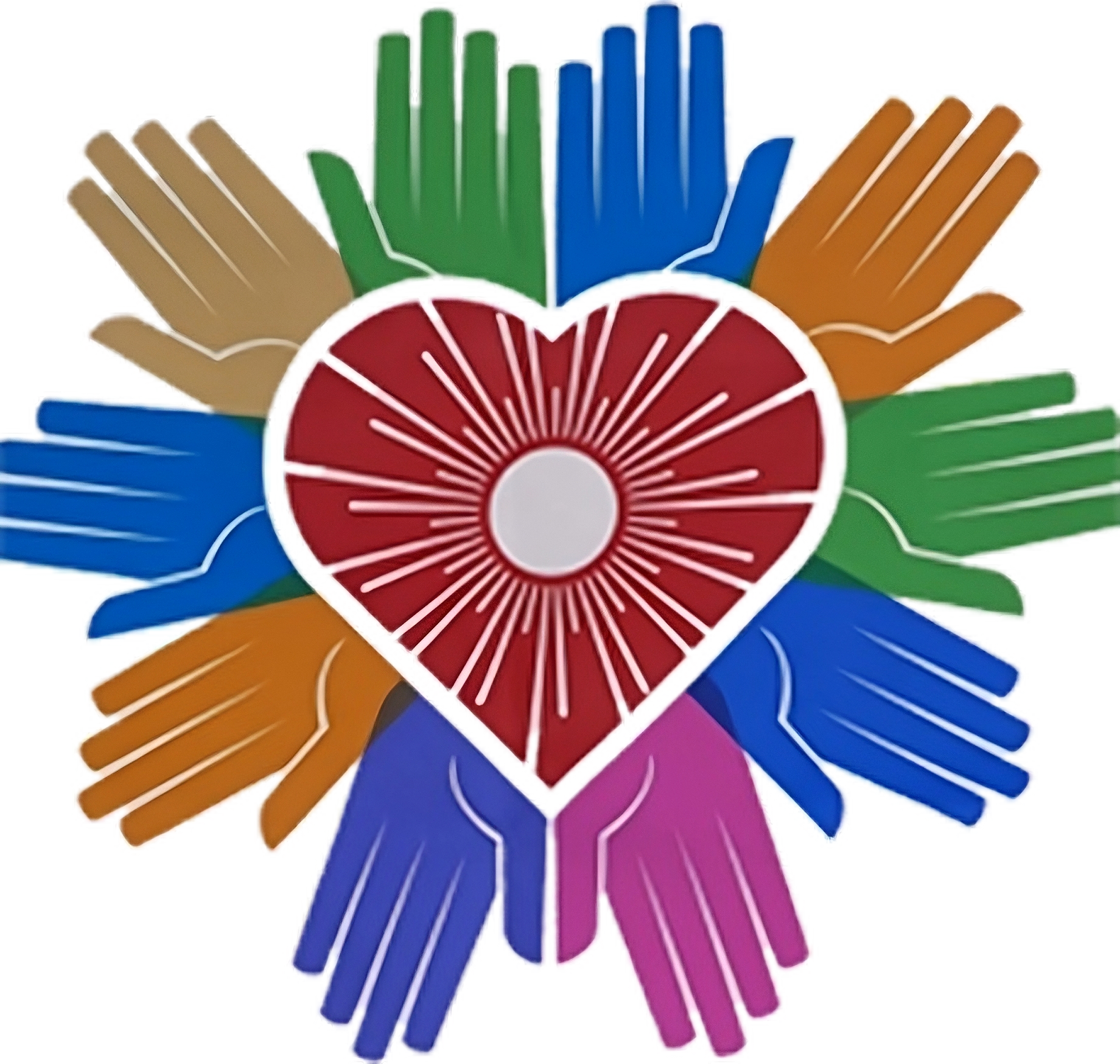
Through collaborations with government bodies, hospitals, and NGOs, the initiative has reached tens of thousands of peoplenationwide, embedding CPR training into schools, factories, and communities. Its work demonstrates how grassroots initiatives can drive measurable impact in healthcare accessibility and preparedness.
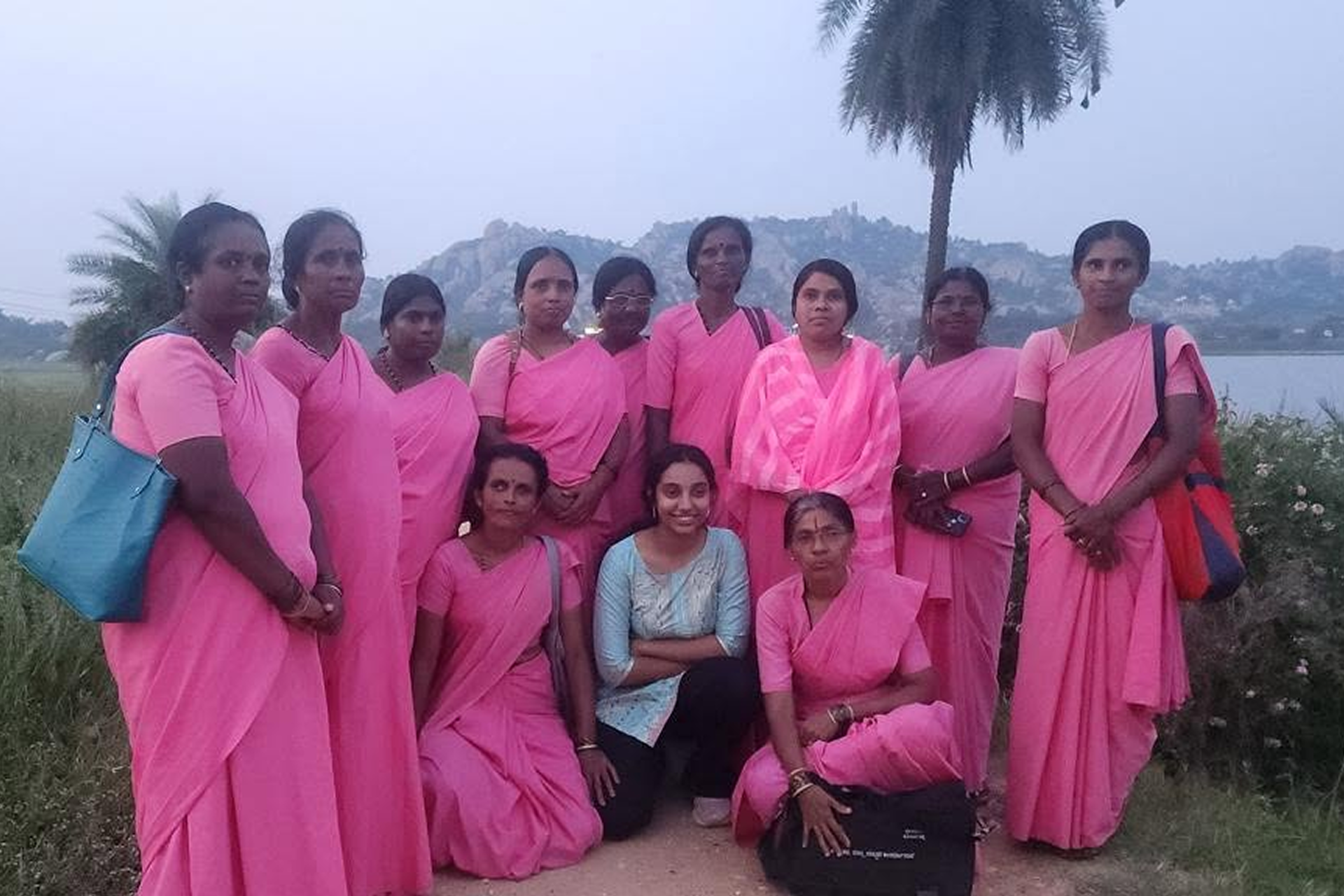
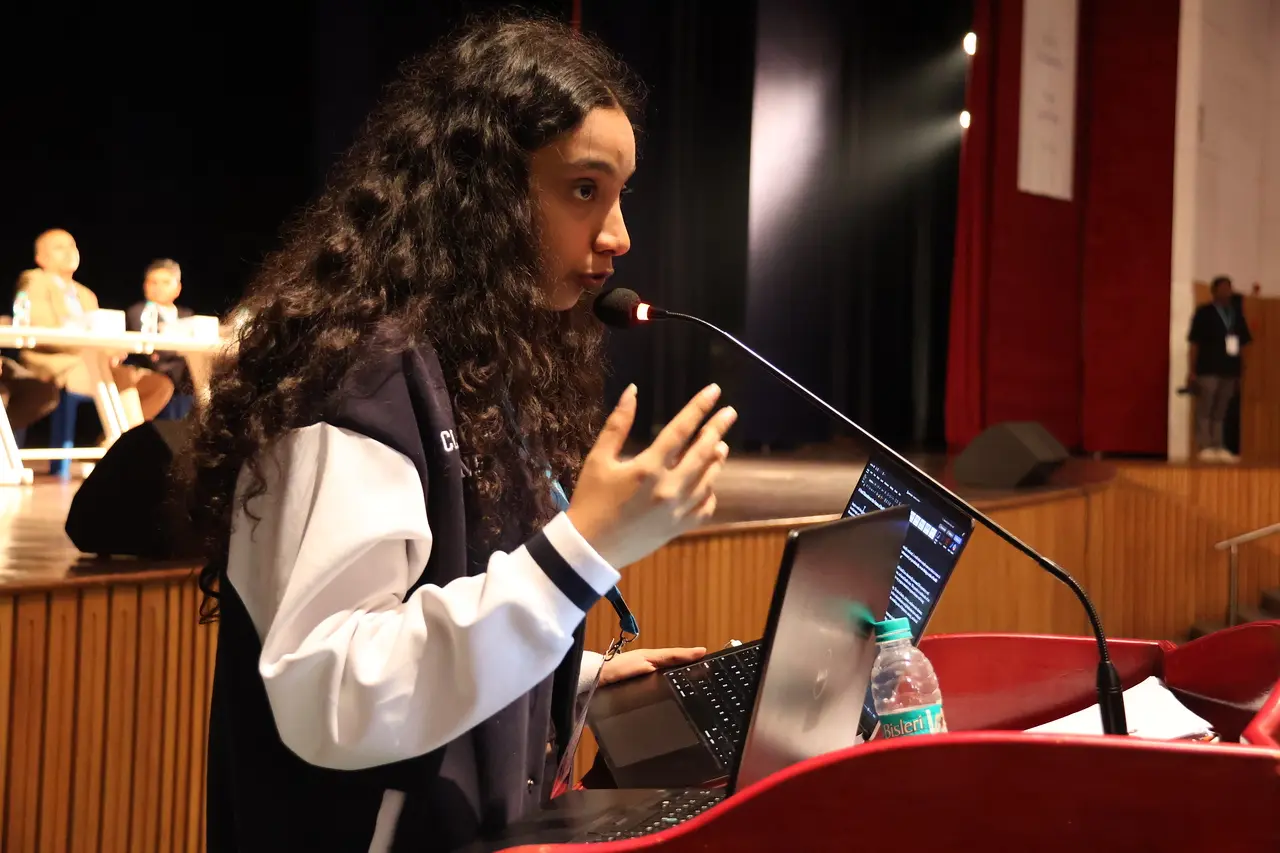
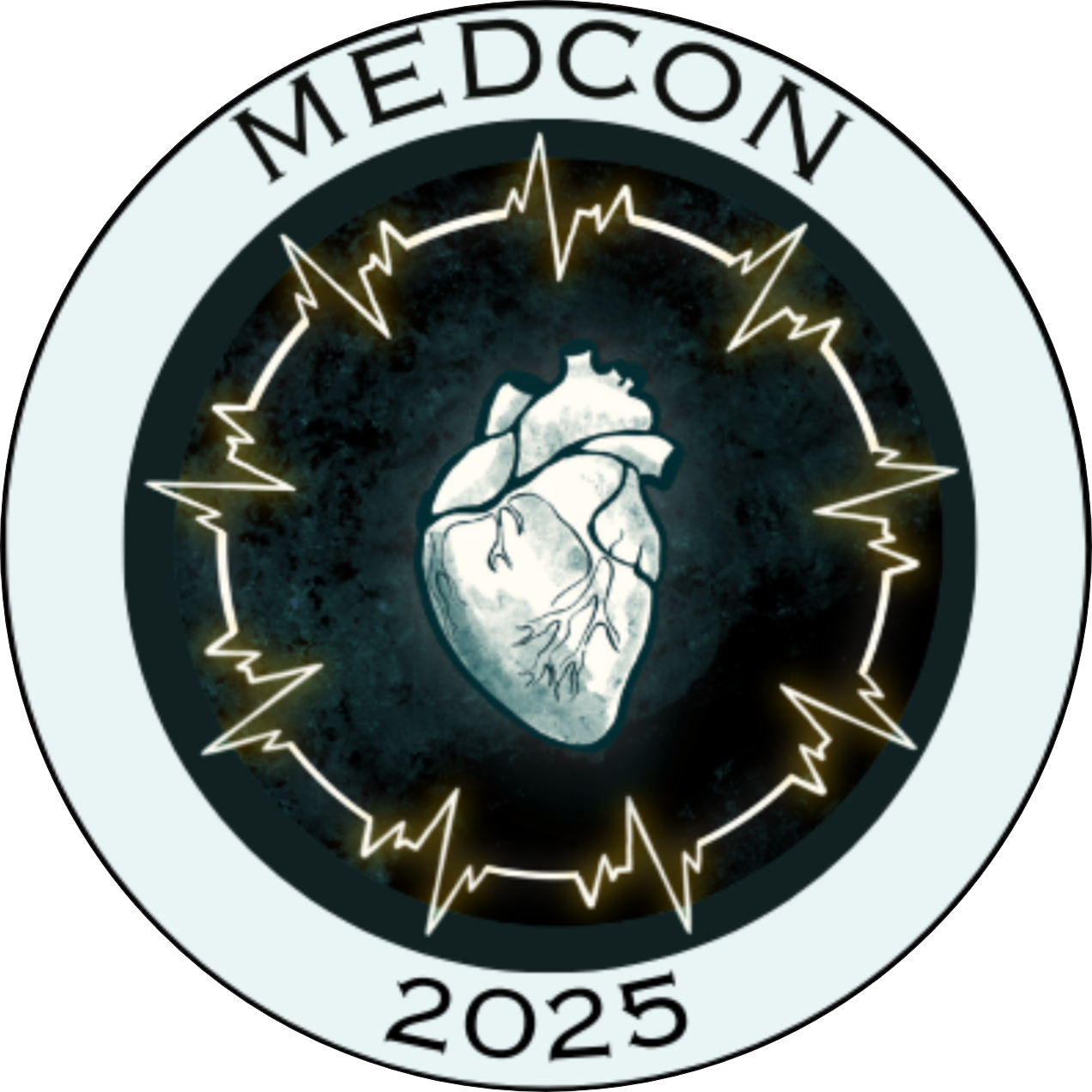
The event convened over 300 student innovators, clinicians, and policy experts for a dual-track experience: a CPR-training certification program that advanced emergency-literacy reform, and a biotech pitching competition that encouraged the commercialization of youth-led biomedical solutions. Recognized internationally for bridging research and real-world health delivery, MedCon India exemplified my belief that innovation must extend beyond the laboratory—into scalable systems that can strengthen public-health infrastructure and entrepreneurial capacity across emerging economies.

At twelve, I gathered the courage to share more and published my first anthology, Tween Twilight. The book carried forewords from two of my greatest inspirations: Dr. Kiran Mazumdar Shaw, one of India’s most visionary biotech entrepreneurs, and Dr. K. Gopalkrishna, chairperson of NPS and TISB institutions. The poems explored racism, climate change, and mental health.
To my surprise, it became an Amazon bestseller, invited international traction, and was featured at a national book fair. Every rupee earned from its sales went to UNESCO, making my writing as much about purpose as expression
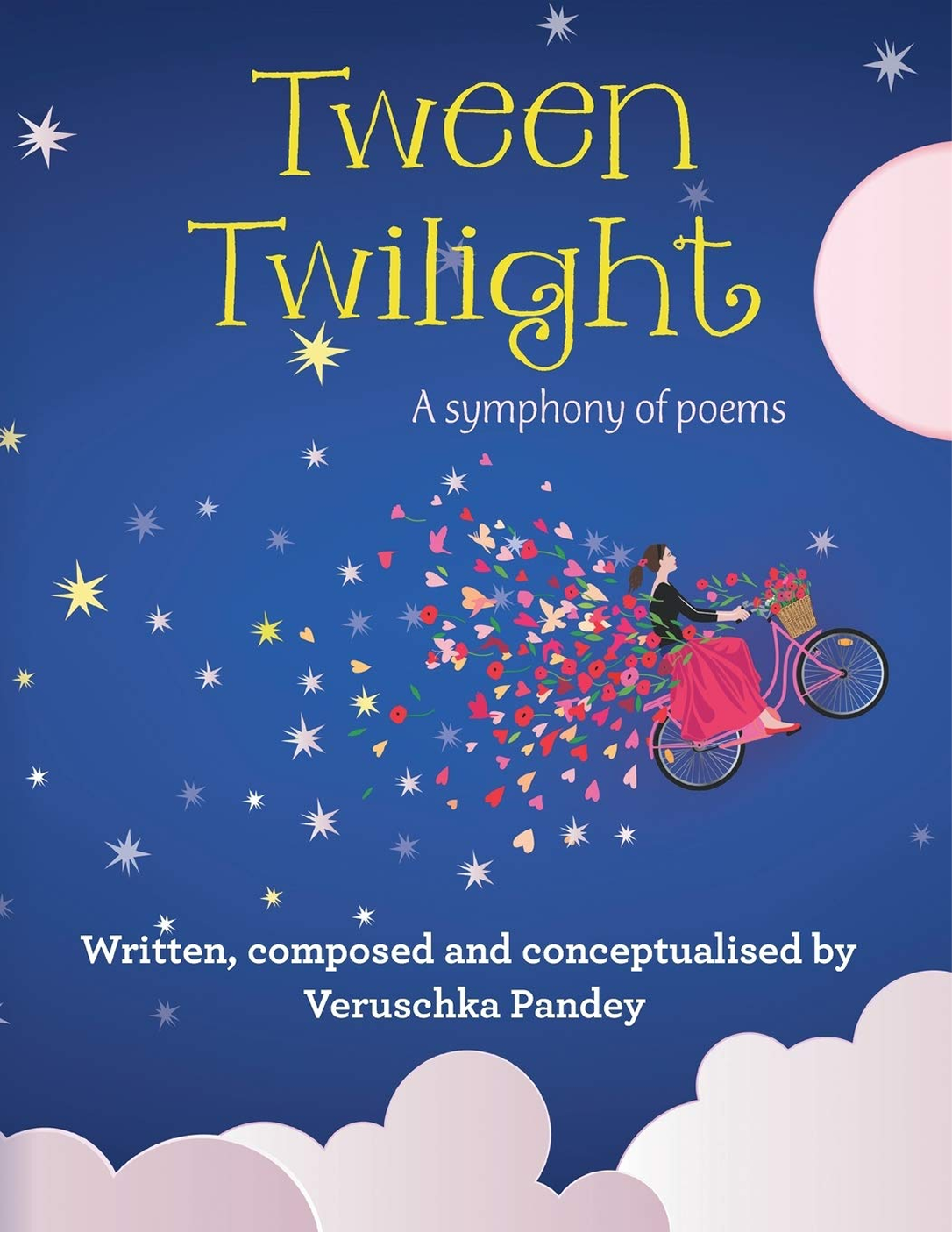

Debate has been a defining anchor in my journey. Ranked among the Top 30 debaters in India (ISDS 2021–24), I’ve led my school’s Debate Club since Grade 9, mentoring peers and shaping discussions that merge evidence with policy. For me, debate is precision—the craft of framing, analyzing, and persuading.
As MUN Prefect Prefect of TISB, I’ve mentored delegations at international platforms like Harvard and Yale MUN and chaired my school’s MUN for three years. In 2025, I serve as Secretary-General of TISBMUN XXV, India’s largest student-led charity MUN (1000+ delegates), leading its first government partnership and corporate sponsorship. I also introduced the Medical Crisis Committee, a unique simulation blending health systems with diplomacy.
Beyond TISB, I was appointed Assistant Director at Yale MUN South East Asia (2025) and Harvard MUN India (2025), where I judged 300+ delegates. I have also served as Assistant Director at Yale MUN Dubai (2024), gaining first-hand experience in shaping high-caliber international conferences.





It reminded me of cellular imbalance — influx without absorption, signal without response. My brother Vedansh and I decided to design a bio-inspired solution, treating the city like an organism whose circulatory system had failed.
Like osmosis in a cell, this controlled diffusion enables bidirectional water exchange: rapid absorption during monsoons and sustained release during dry months.

For me, this project exemplified what I now define as translational biology: applying principles of permeability, filtration, and feedback regulation not in a petri dish, but across city ecosystems. It reaffirmed my belief that molecular thinking need not remain confined to cells; it can redesign systems — from aquifers to health policies — to sustain life at every scale.